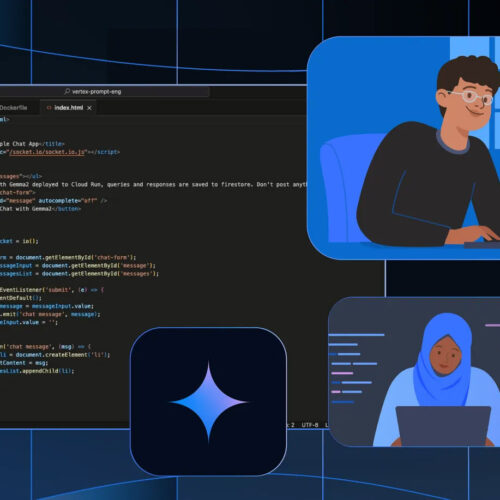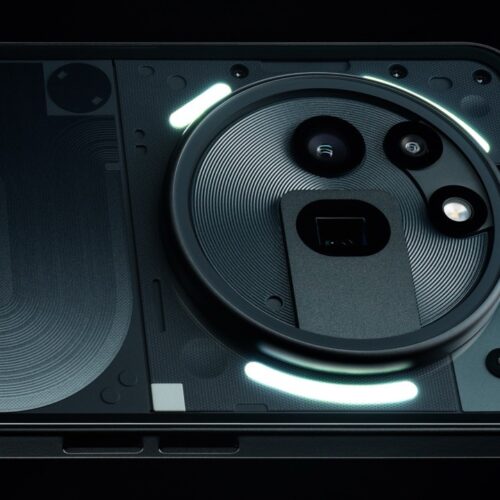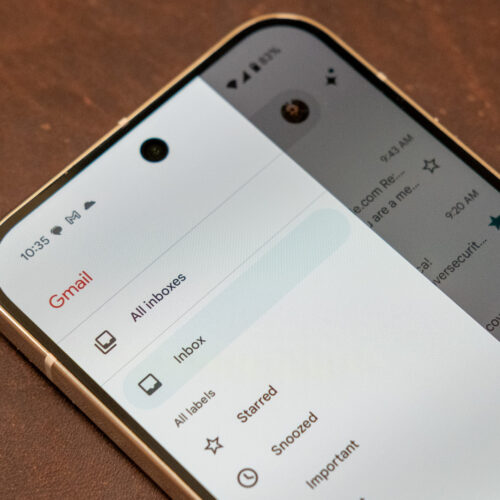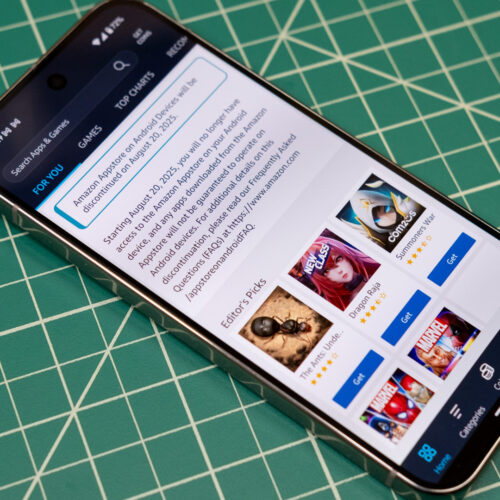Google’s free Gemini Code Assist arrives with sky-high usage limits
Generative AI has wormed its way into myriad products and services, some of which benefit more from these tools than others. Coding with AI has proven to be a better application than most, with individual developers and big companies leaning heavily on generative tools to create and debug programs. Now, indie developers have access to a new AI coding tool free of charge—Google has announced that Gemini Code Assist is available to everyone.
Gemini Code Assist was first released late last year as an enterprise tool, and the new version has almost all the same features. While you can use the standard Gemini or another AI model like ChatGPT to work on coding questions, Gemini Code Assist was designed to fully integrate with the tools developers are already using. Thus, you can tap the power of a large language model (LLM) without jumping between windows. With Gemini Code Assist connected to your development environment, the model will remain aware of your code and ready to swoop in with suggestions. The model can also address specific challenges per your requests, and you can chat with the model about your code, provided it's a public domain language.
At launch, Gemini Code Assist pricing started at $45 per month per user. Now, it costs nothing for individual developers, and the limits on the free tier are generous. Google says the product offers 180,000 code completions per month, which it claims is enough that even prolific professional developers won't run out. This is in stark contrast to Microsoft's GitHub Copilot, which offers similar features with a limit of just 2,000 code completions and 50 Copilot chat messages per month. Google did the math to point out Gemini Code Assist offers 90 times the completions of Copilot.








